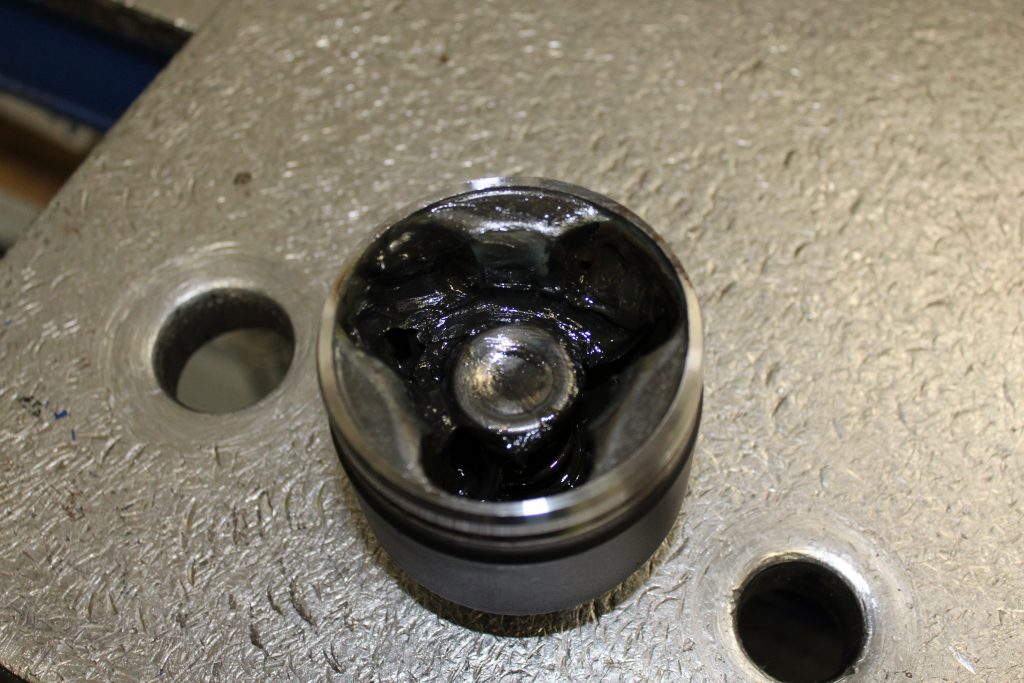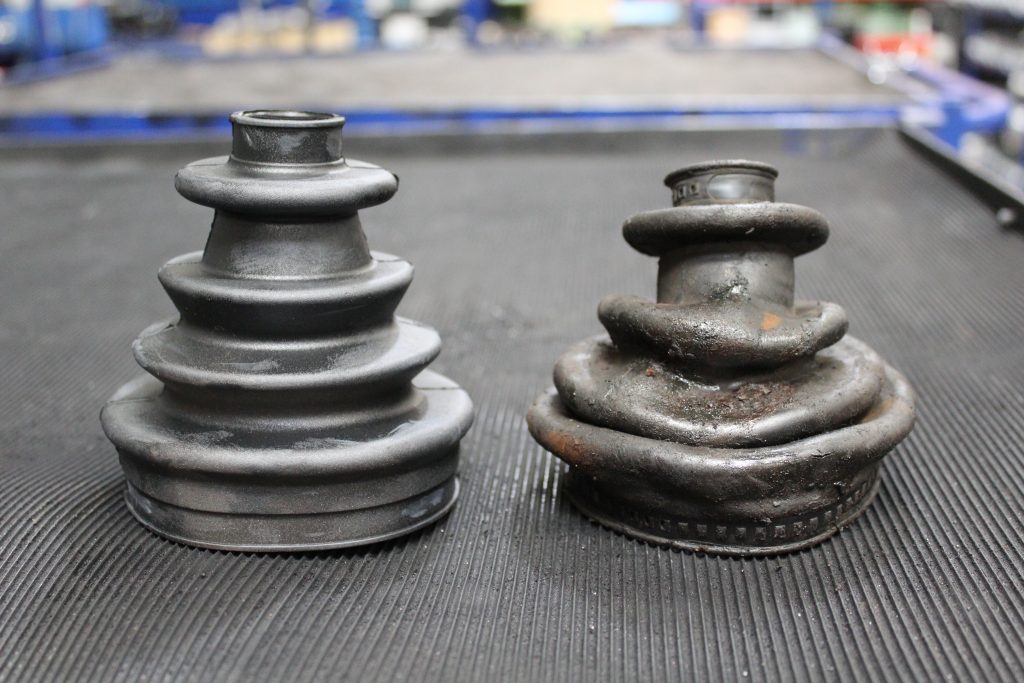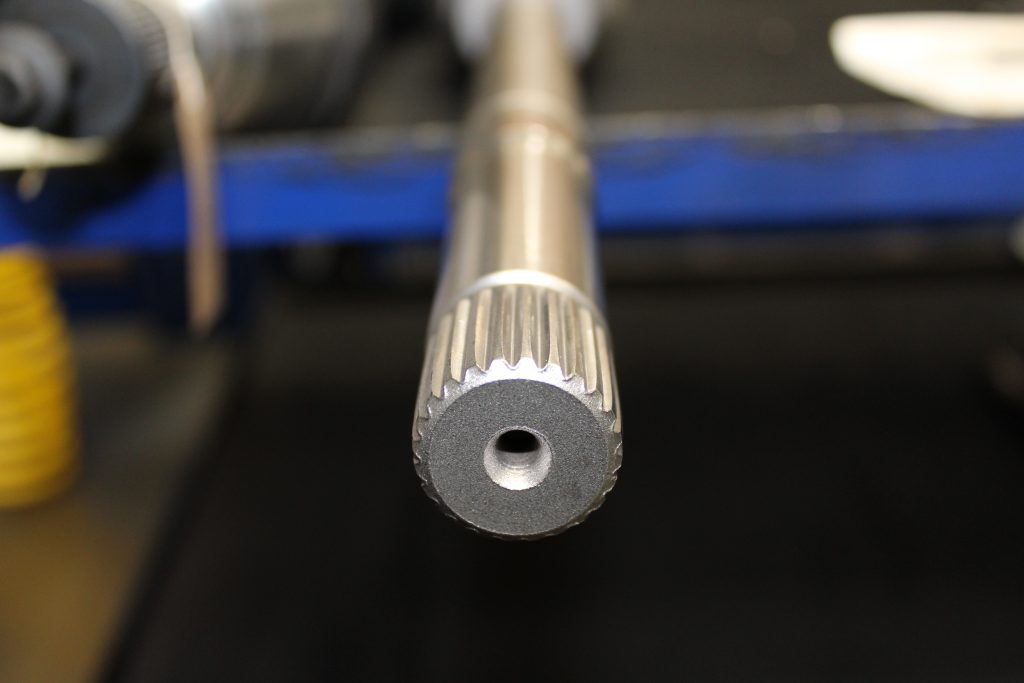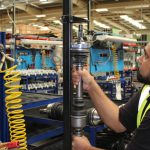Shaftec offers some technical insight into driveshafts and looks at how to ensure that a unit is the correct size.
In general, driveshafts are a bespoke component, individually designed to suit the particular make and marque of vehicle. To get a perfect and safe fit every time, a driveshaft must be measured in its compressed state.
There are a number of reasons why you can’t simply visually gauge the correct length by comparing it to the old one:
■ The ends of the component are packed with grease. (See below)

■ The component could be sprung. A worn unit will have a lesser spring effect, giving it a shorter appearance. (See below)

■ You also have to take into consideration that once the old part has been removed, the properties of the rubber of the boot mean it will try and revert to its original size – making the new unit appear longer than the old one. (See below)

Once you’ve established all of this, the easiest way to get a correct measurement is to stand the driveshaft on its end, push down hard, the measure (see main image).
There are other things to consider when it comes to making sure the unit is the correct size for the vehicle it’s to be fitted to. You should:
■ Check the spline count on the joints. The number of splines will help decide if this is the right application. (See below)

■ Ascertain whether the part has a centre bearing or not.
■ Check if it is a one piece with a single shaft, or a two shaft piece with a joint in the middle.
■ Determine if the part is to be fitted on a vehicle with Anti-Lock Braking (ABS) and if so, how many ABS teeth it has or whether it has magnetic pick up.
Generally, a driveshaft is bespoke and has been designed to suit a particular application to ensure it is capable of handling the power and torque that the particular vehicle can produce. There are instances where a part number will have multiple applications, but this is mainly due to motor manufacturers sharing common parts.
Although the length of driveshafts can vary significantly – which is clearly crucial for fitment purposes – the diameter of the bar isn’t so much of an issue in the majority of cases, as the strength comes from the quality and grade of the steel used.
In very rare instances, a driveshaft bar can snap – reconfirming the very real issue of the importance of properly maintained and regularly serviced vehicles. If this were to happen, this would result in damage to the parts in the peripheral area as it continues to rotate, especially if being driven at speed. These parts would then have to be replaced, which could be costly and labour intensive.
“A driveshaft must be measured in its compressed state.” There are some things to look out for:
■ Evidence of fatigue can sometimes be seen by the bar starting to twist. Generally, this is due to the component being subjected to having more power transmitted through the drivetrain than was originally intended – for example, if the engine power has been increased.
■ Worn inner or outer joint – you will experience an intense vibration, or knocking or clonking noises, from the car that will get louder. Changing the driveshaft can often be a cheaper, quicker and easier way of curing the problem rather than changing one joint only to find that the other joint is worn, especially when you factor in the labour time.










